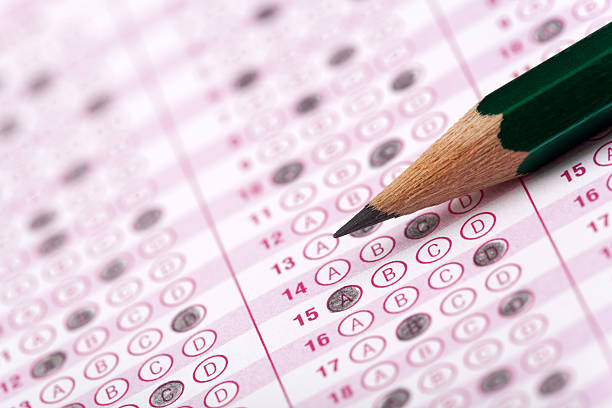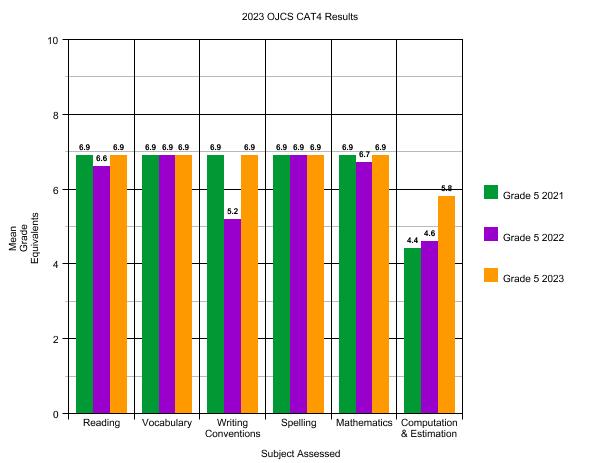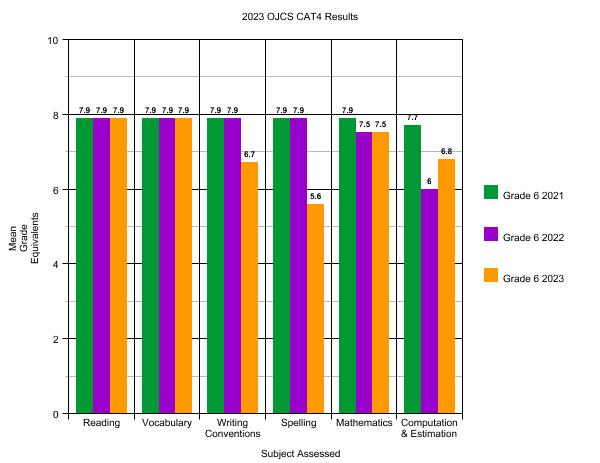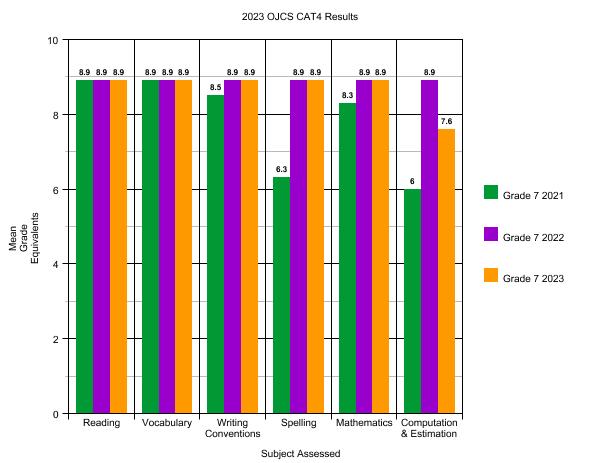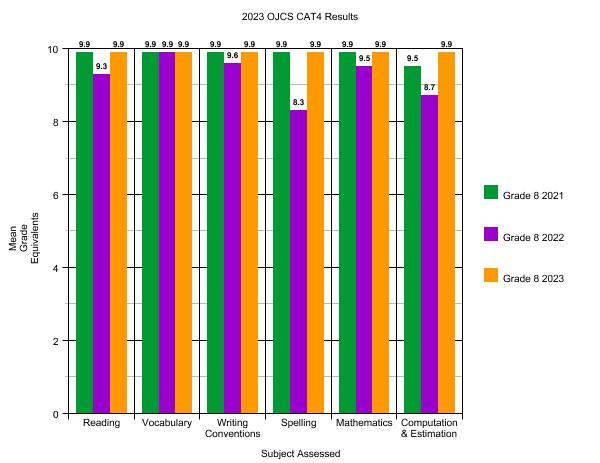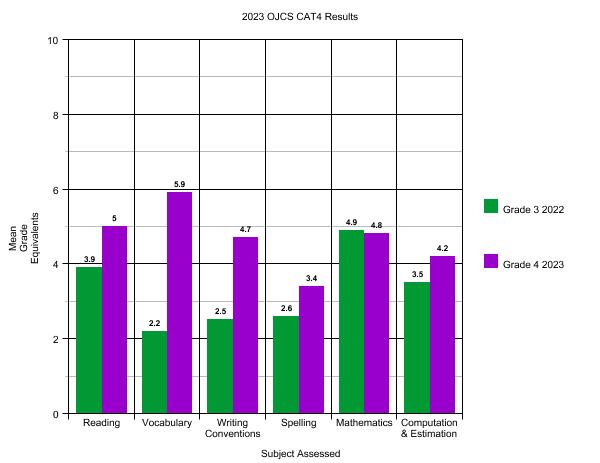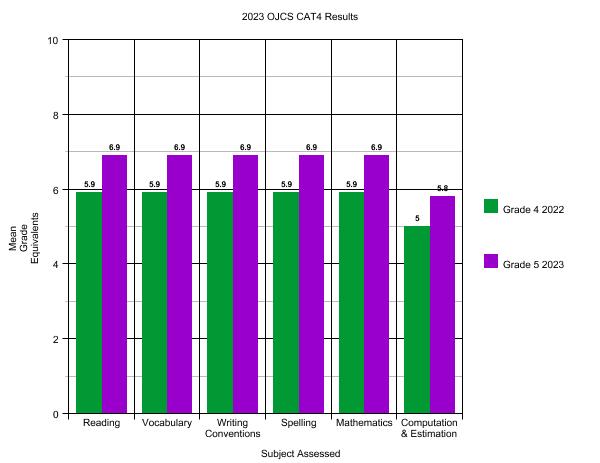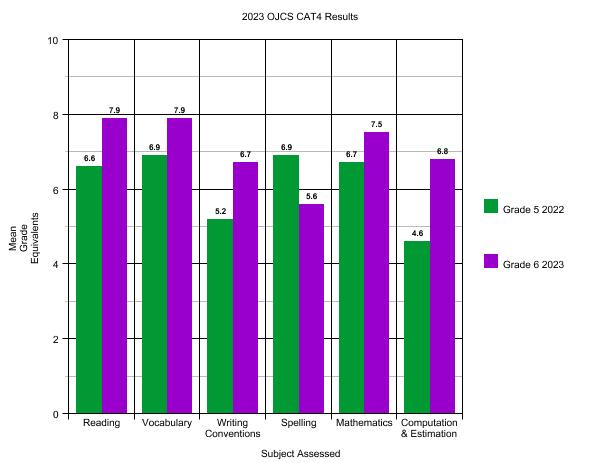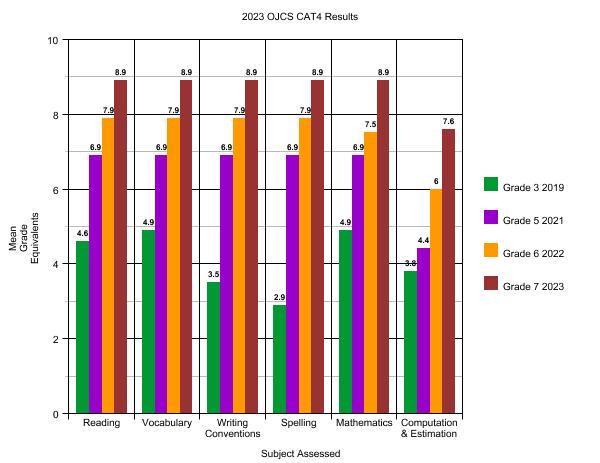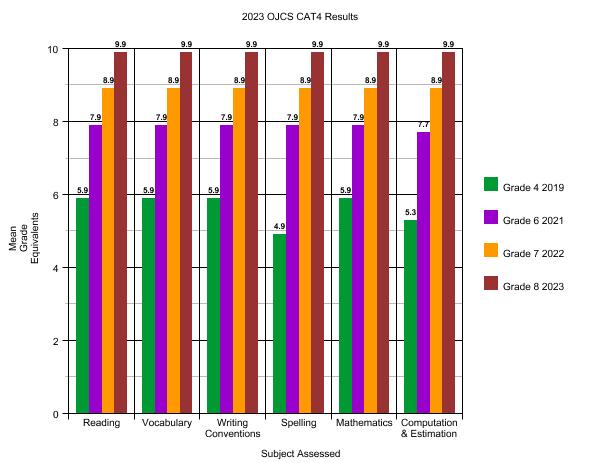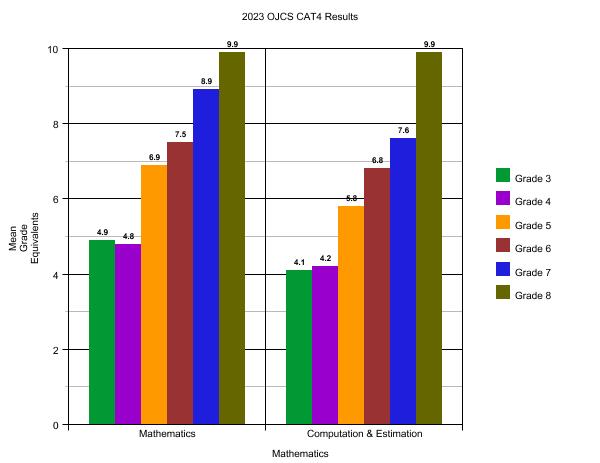Not the WhatsApp I wanted to receive. Not the history I was hoping to repeat.
In May of 2021, I wrote a blog post with a similar text from my older daughter during her semester of Grade 10 studying abroad in Israel. As worried as I was then, those seem like the good old days compared to now.
I know that it is becoming commonplace to ask, “How X is different post-October 7th?” and clearly a holiday that is synonymous with “How is this night different from all other nights?” lends itself to that exact formulation. Tack on the “Next Year in Jerusalem” that – again – may spark questions or conversation in a “normal” year and the idea of preparing to lead a “Post-October 7th Passover Seder” seems…well…like something I wouldn’t mind passing…over. I don’t know how any of us are doing it. We are running model seders and preparing for Passover while drones and missiles are flying towards Israel. We are emotionally exhausted from the trauma of the last six months – while still not recovered from the trauma of the last three years.
I love the Passover Seder. It is pedagogical perfection and I enjoy thinking about which new readings and tunes and discussion prompts and parody songs to incorporate. For years and years, we have spent Passover in Las Vegas (where better than a desert?) celebrating with, first, with my parents and, now, with my mother. I typically spend the flight out finishing my preparations and looking forward to the seders with great anticipation. This year? We are going to synagogue the first night and keeping it small the second. We will have one eye on the Haggadah and one eye towards our phones which would otherwise by away for the chag, but this year need to be nearby God forbid.
I have never had the pleasure of spending a Passover in Israel. I am blessed that come this year, both my daughters will have at least once in their lives been able to not just say, “Next Year in Jerusalem,” but to actually do it. Even this year, even now, I am more grateful than scared. I feel more blessed that Maytal is having this experience than concerned. I know the small dose of empathy this experience is providing me with as my daughter is tucked in her cocoon of safety in Jerusalem does not compare with those whose worries for friends and family are more serious and more present.
This is the part of the blog where typically I push out a pre-Passover blog post that shares (updated) thoughts about how one goes about planning a proper seder. And if you have the bandwidth and headspace to take that on this year, I encourage you to click here and take what is meaningful. But if you don’t…if kashering and gathering and pulling out the Maxwell House or Haggadah-Of-Your-Choice is the best you can do under the circumstances then let this be one of those years where good enough is truly good enough.
I typically encourage the addition of a “Fifth Question” as a way of ensuring the conversation around the seder table is more than script-reading, but this year, I carry but one unanswerable question in my heart: When will peace come to our beloved Israel?
Next Year in Jerusalem? Yes, of course. But right now I am worried about next week and next month…
Chag kasher v’sameach. Chag Pesach Sameach. Am Yisrael Chai.


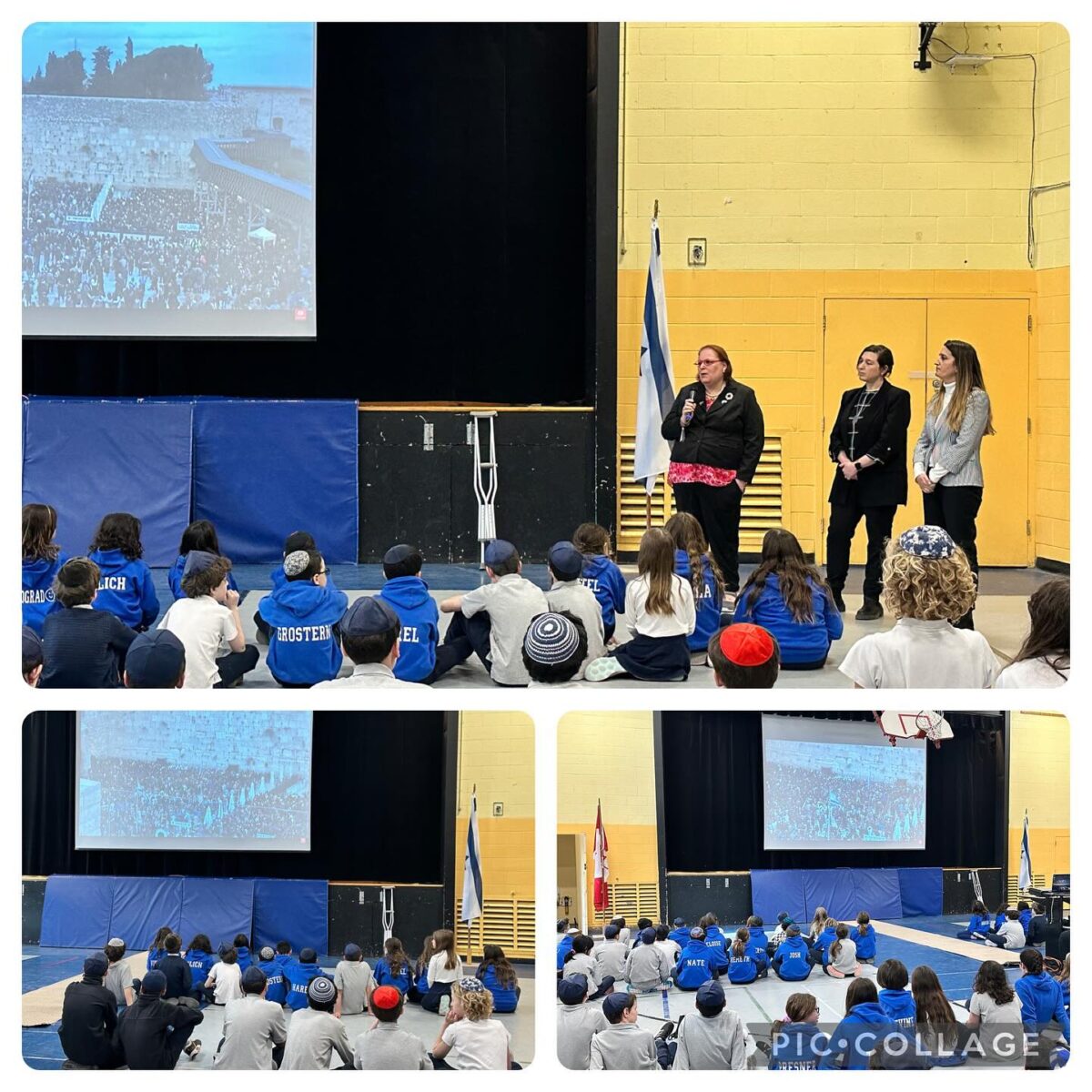
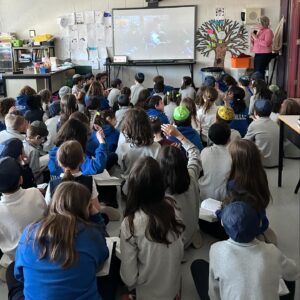 On Thursday, coinciding with the Fast of Esther, our school hosted a variety of dignitaries and staff from our country’s Israeli Embassy in order to participate in the Worldwide Kriyat (Recitation of) Shema. Our older students gathered in the Gym to watch the livestream from Jerusalem and to participate; younger students gathered in classrooms or simply paused at 11:30 AM to add their voices to the global Jewish voice for unity. It was brief and it was heartbreaking, but it was also cathartic and, as has been the case throughout these months, it does feel good to be able to do something.
On Thursday, coinciding with the Fast of Esther, our school hosted a variety of dignitaries and staff from our country’s Israeli Embassy in order to participate in the Worldwide Kriyat (Recitation of) Shema. Our older students gathered in the Gym to watch the livestream from Jerusalem and to participate; younger students gathered in classrooms or simply paused at 11:30 AM to add their voices to the global Jewish voice for unity. It was brief and it was heartbreaking, but it was also cathartic and, as has been the case throughout these months, it does feel good to be able to do something.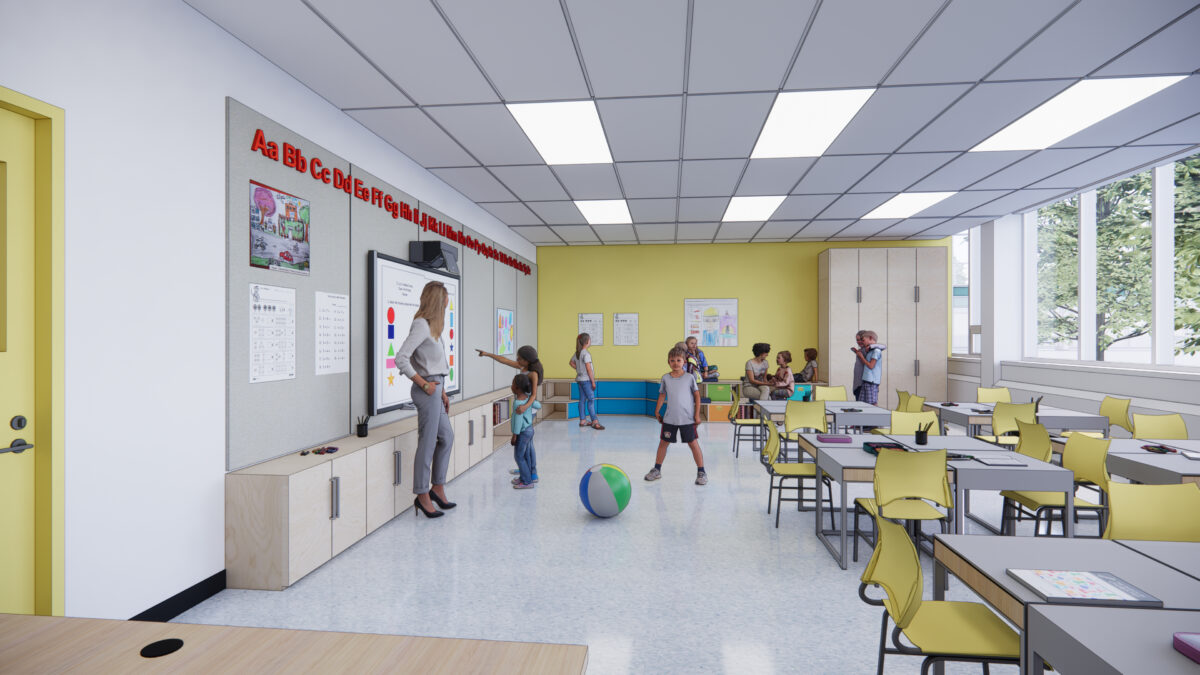
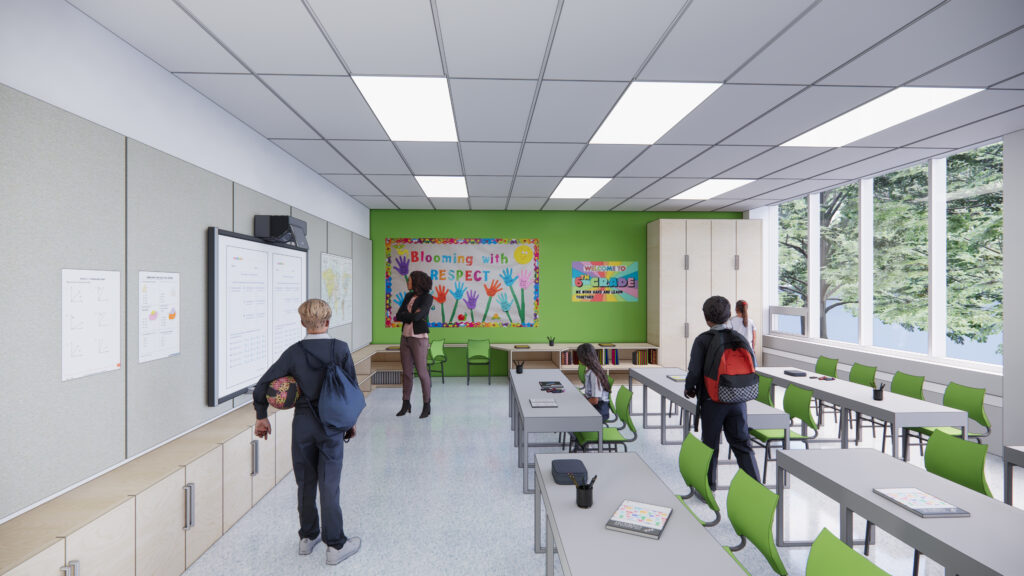

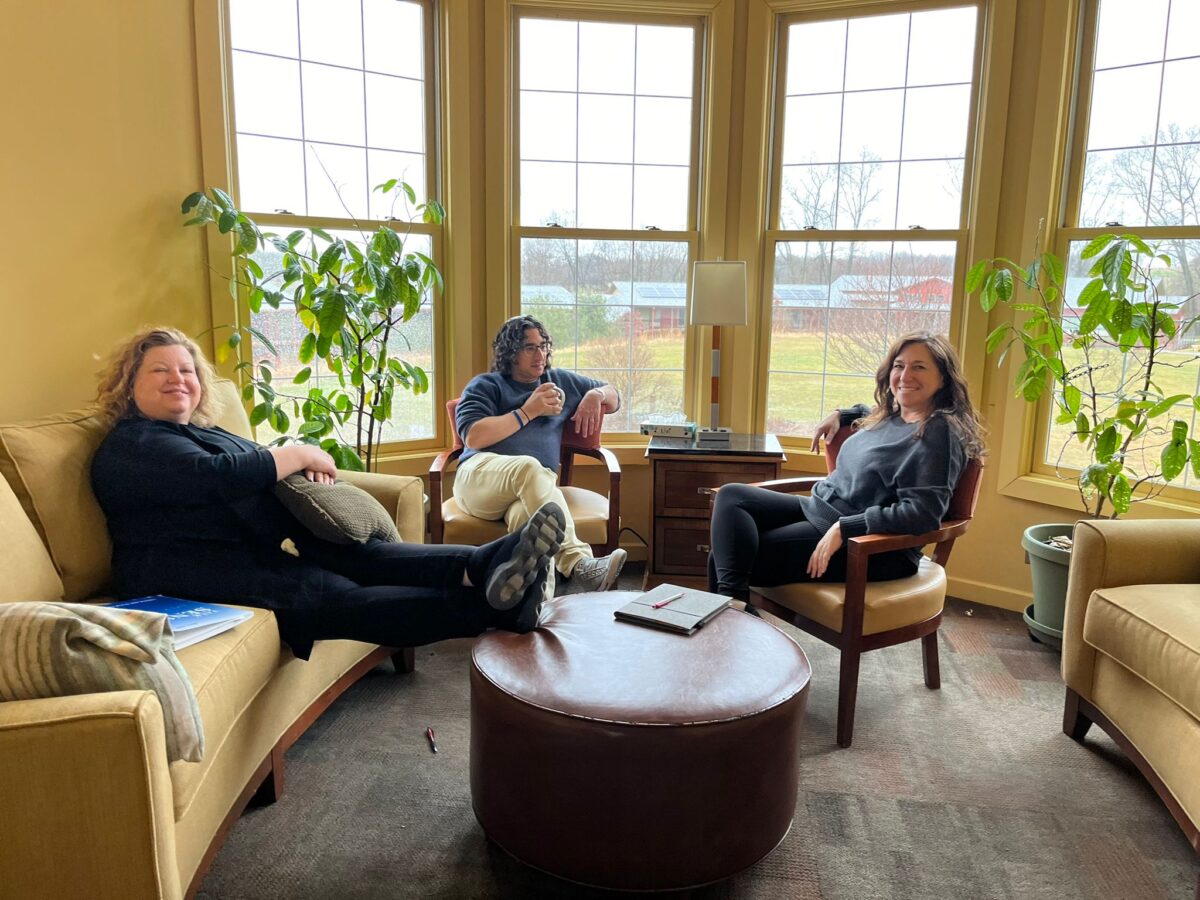
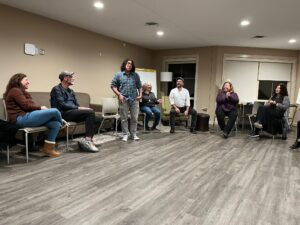 I had the opportunity this week to facilitate a
I had the opportunity this week to facilitate a 